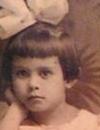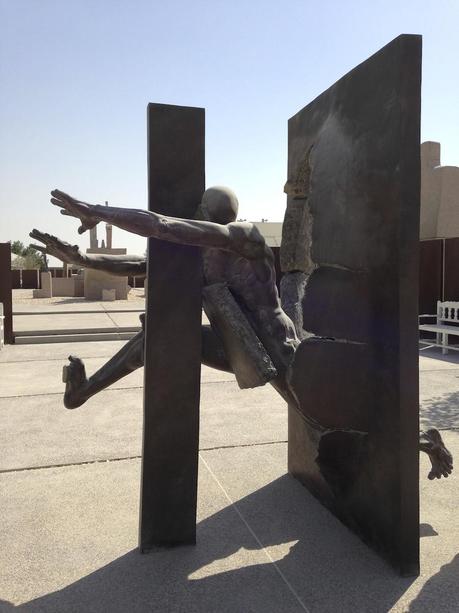
My journey starts with a view of the arid Arabian peninsula from the window of the plane, and my subsequent understanding of how it is possible that the world is inhabited by 7 billion people. Our species, from its very origins, has continually evolved to survive in every environment it has found itself in. No animal in Nature is less equipped than Man to survive in harsh conditions; Man has thus been forced to rely on intelligence and technical skill to thrive in hazardous climates and terrains.
I landed in Doha, capital of Qatar, a small Arab emirate in the Arabian peninsula, greeted by a great full moon illuminating a black sea. The view looked as if it were taken straight out of a Sugimoto photo: a darkness broken only by the lights of a few boats.
This Persian Gulf emirate’s main economic activities were fishing and pearl gathering, until the recent discovery of large oil and gas reserves inevitably led to a complete transformation of the country’s economy and wealth.
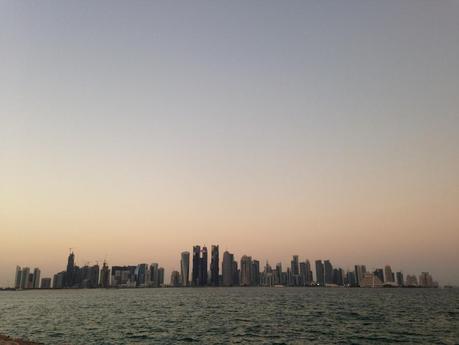
I had only scheduled one and half days in Doha, and within this time I wanted to get an impression of what the city is really about. Museums here close at 5pm, so I had to hurry. The two key museums in Doha are the Mathfa (Museum of Modern and Contemporary Art) and the Museum of Islamic Art.
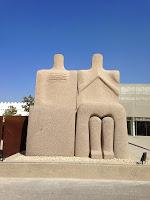
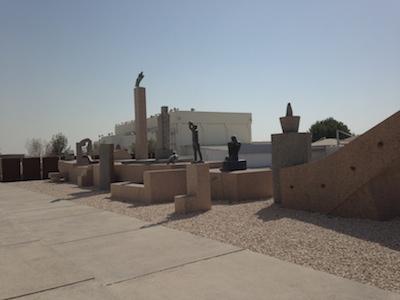
F:A de A. Ismail Fattah F:A de A. Esculturas de Adam Henein
I started with the Museum of Modern and Contemporary Art. Mathaf has a small collection of Arab modern art from a small number of artists, including art from 1840 up to the present day across 5,500 square metres. I was impressed by the sculpture at the entrance to the museum, a testament to human strength. Sadly I left without taking down the name of its author.
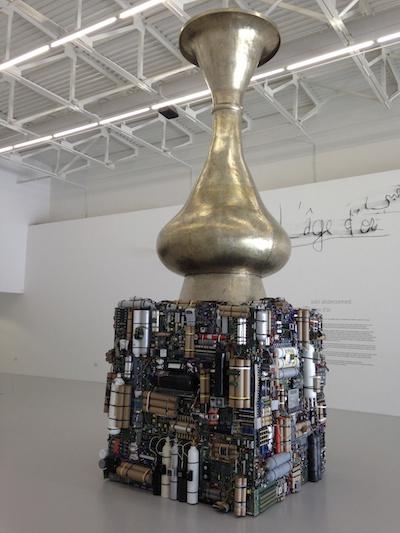
F: A de A. La Vase Abominable
Unaware of what I was going to see here, I was surprised by a striking installation made out of bombs, work of the Argelian conceptual artist Adel Abdessamen and whose artistic language is clearly unique. I simply couldn't believe the scale of the exhibition that I had suddenly found myself in (more on this in future posts).


Foto:Alejandra de Argos. Museo de Arte Islamico
The following day, I headed towards the Museum of Islamic Art, designed by the American architect of Chinese origin Ieoh Ming Pei and who incidentally was also responsible for the design of the Louvre. The building’s sheer size and clear lines are very impressive from the moment you walk in; Ming Pei’s inspiration for this design can be traced back to Cairo’s Ibn Tulun mosque. The collection itself is varied, and includes everything from textiles, ceramics, armor and jewelry, to manuscripts originating from three different continents and ranging from the 7th century to the 20th century. Although the items are exquisitely displayed, what really stands out here is the building that houses them, located at the end of the Doha Corniche.
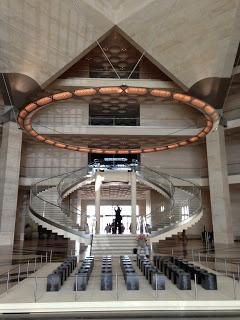
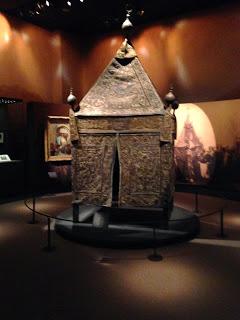
F:A de A F:A de A
After a visit to the Museum of Islamic Art, it’s worth taking a short walk to the nearby exhibition center ALRIWAQ DOHA.
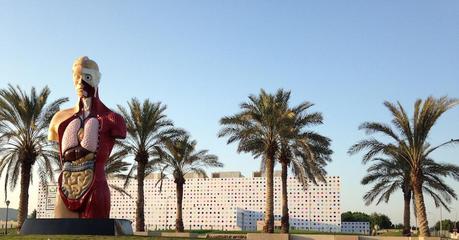
Foto:Alejandra de Argos. Alriwaq Doha. Damien Hirst
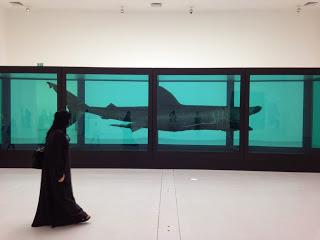
Foto: Alejandra de Argos. Damien Hirst
I chanced upon a wonderful Damien Hirst exhibition, the main representative of the Young British Artists and one of the most successful contemporary artists today. This was the largest exhibition of Hirst’s work to date, surpassing even the one held at the Tate in 2012, which itself was extraordinary. The exhibition in Doha took visitors along virtual tour spanning the artist’s 25-year career, and included some never-before-seen works. The venue was ideal for the exhibition, which required very spacious rooms for the display of a very heterogeneous collection of works. The exhibition’s curator, Francesco Bonami, is a well-known figure in the art world: he is curator of Chicago’s Museum of Contemporary Art as well as a writer and art critic.
Throughout the exhibition we get a sense of the artist’s relationships with art, with love, and above all with life and death, two of his great obsessions (shared with so many other artists). The works on display range from the 80s to the present day, the earlier ones including iconic pieces such as his formaldehyde animals and his Spot Painting series (I will cover this in more depth in a future post).
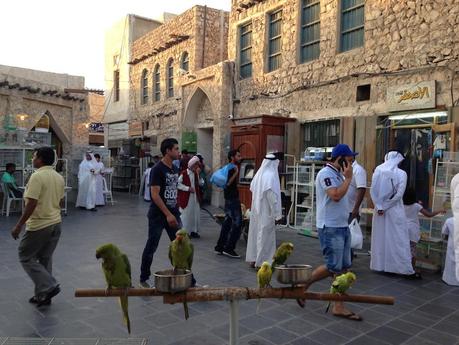
My next visit was the Souq Waqif, a great place in which to get lost as you walk around soaking up the city’s atmosphere, among stalls selling spices, dried fruit, incense, fabrics and, of course, birds. The building is wonderful, but its refurbishment has considerably reduced its authentic charm, something the typical Moroccan souks still enjoy.
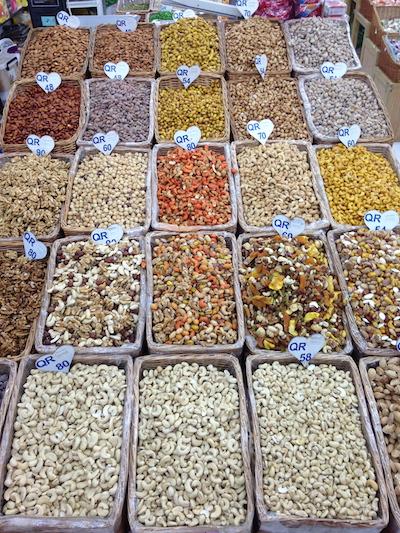
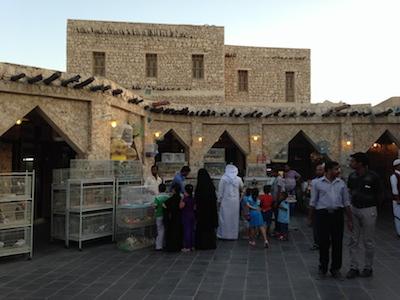
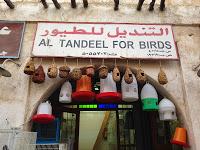
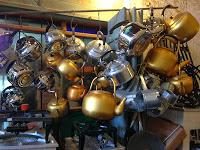
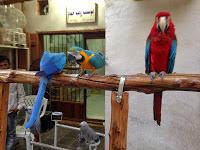
Foto: A de Argos
In front of the Souq Waqif is the Fanar Mosque, home to Doha’s Centre of Islamic Culture, whose stand-out feature is undoubtedly its unique spiral minaret. Here visitors can take Arab classes or simply learn more about the Islamic tradition, and non-Muslims are welcome too. I didn’t get the chance to visit the interior of the Mosque, but I certainly appreciated its singular architecture from the entrance to the souk.
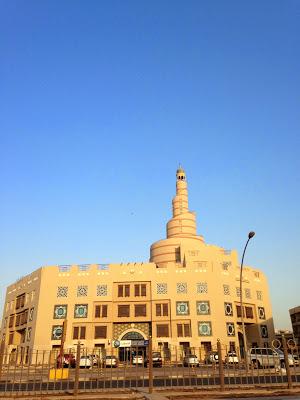
Foto:Alejandra de Argos. Mezquita Fanar.
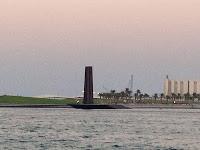
F:A de A
To round off the trip, I strolled down Doha Bay, where in the distance I spotted the monumental Corten steel sculpture erected by Richard Serra.
Recommended:
ALRIWAG DOHA, in front of the Museum of Islamic Art. Damien Hirst exhibition, RELICS. From October 10, 2013 to January 22, 2014.
MATHAF: Arab Museum of Modern Art. Adel Abdessemed exhibition, L'ÂGE D'OR. From October 6, 2013 to January 5, 2014.
MIA: Museum of Islamic Art.
SOUQ WAQIF.
FANAR MOSQUE. Centre of Islamic Culture. The mosque is located in front of the souk.
CORNICHE. A stroll down Doha Bay.
